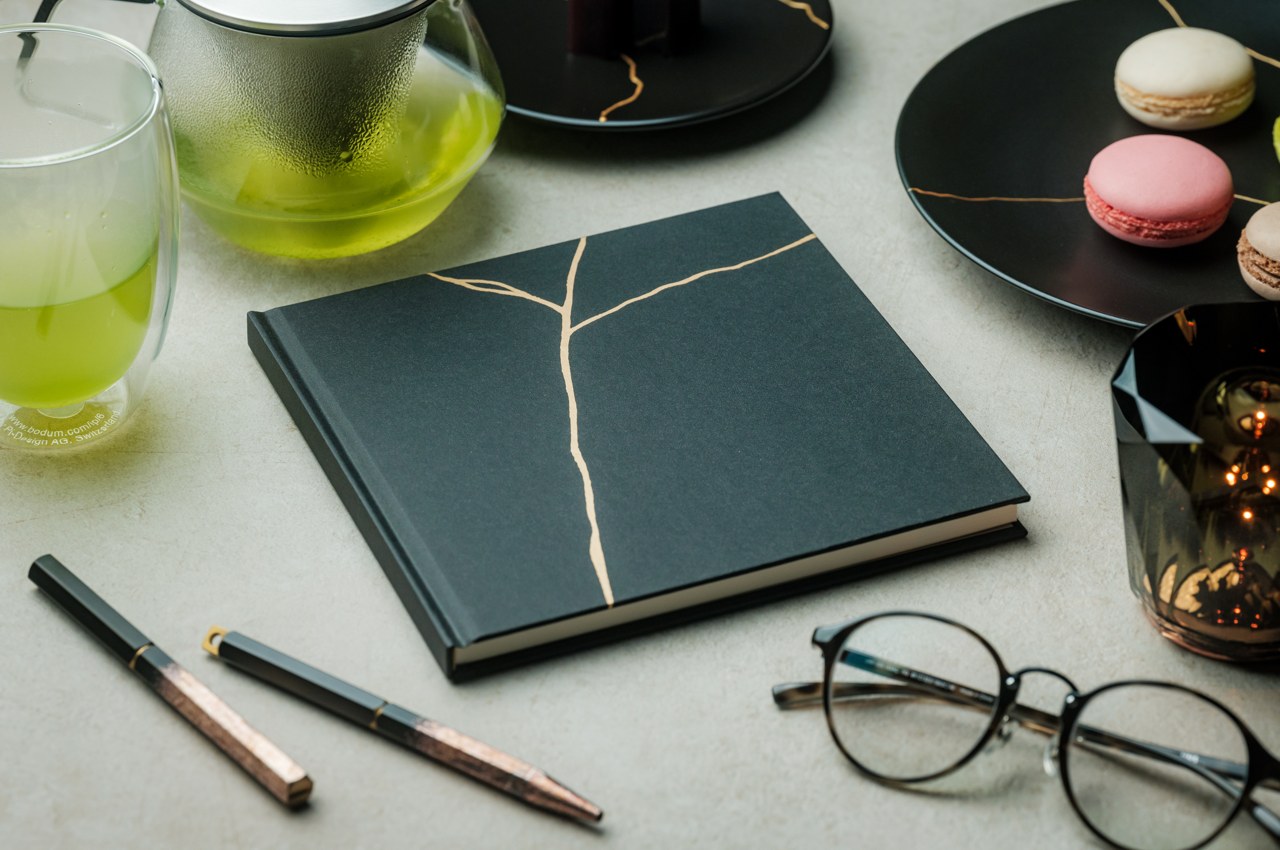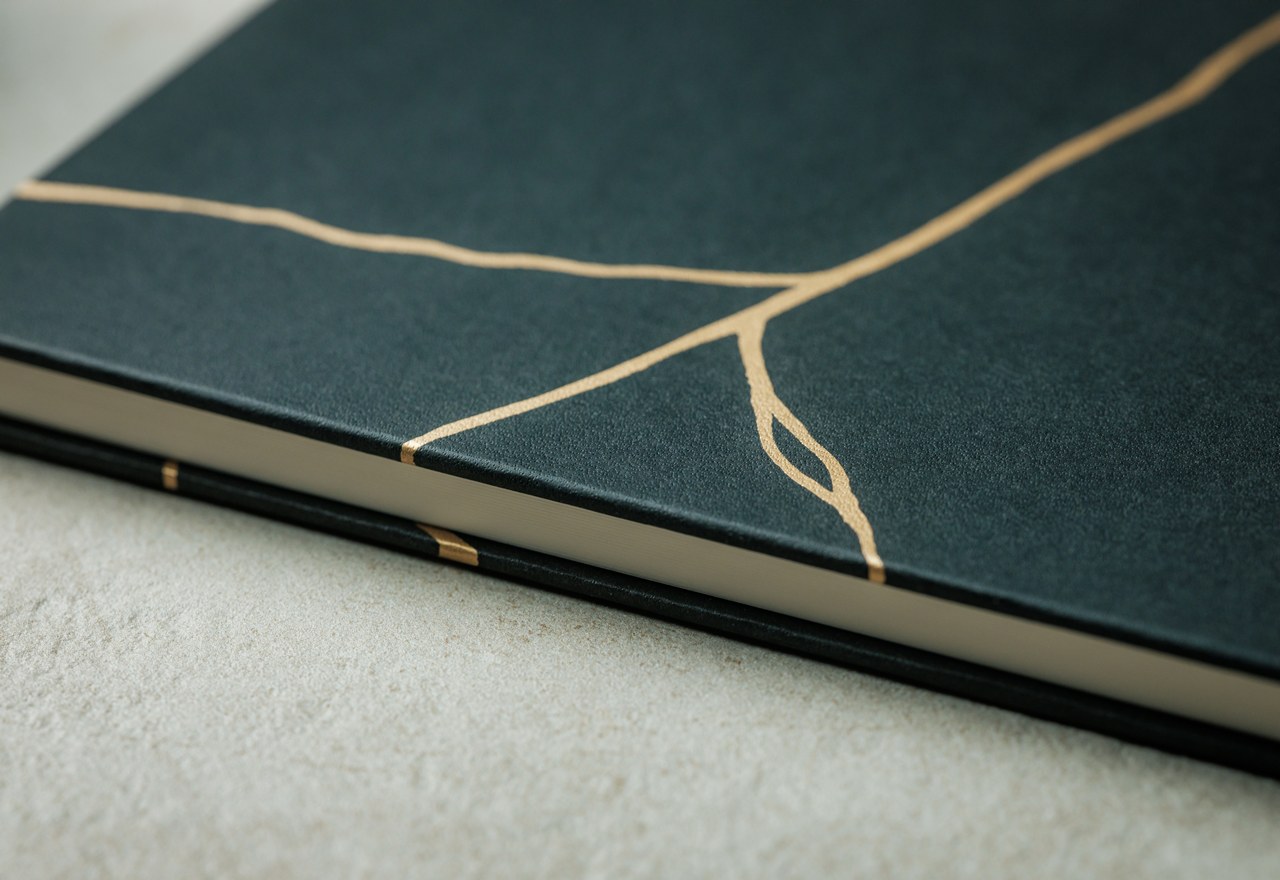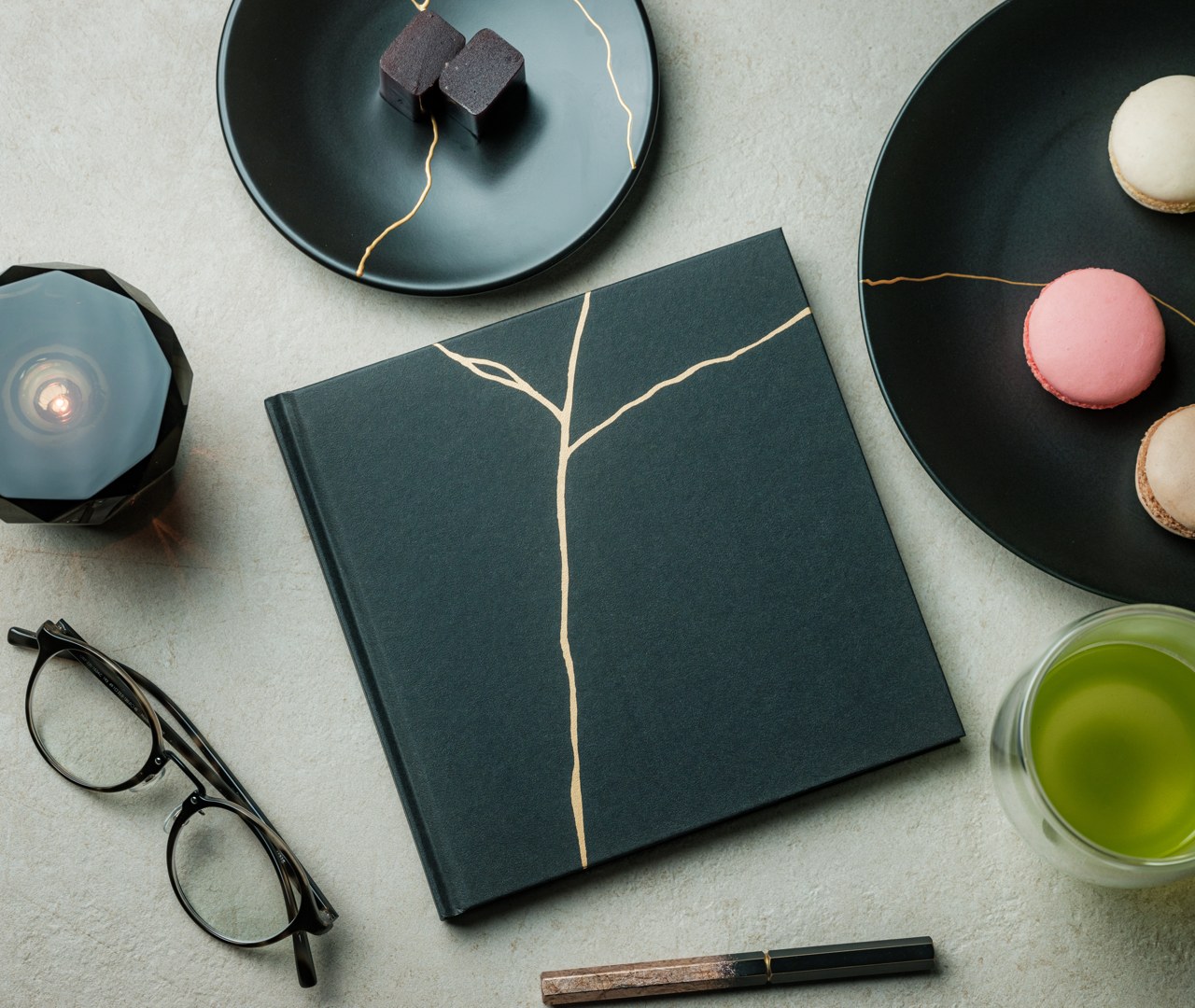Paper notebooks are in again, though some would argue they never really went out of fashion. Even with the inherent limitations of the medium, there is just an unbridled joy in putting pen or pencil to paper that has not yet been sufficiently replicated by the most advanced technologies and designs. In a way, notebooks have also become a reflection of the owner’s own self, while also acting as a gateway to their own inner world, their thoughts, their dreams, and maybe even their own self-image. Some people like their notebooks and their covers plain, while others opt for designs that display their interests and loyalties. Still, others treat their notebook covers like a blank canvas ready to tell their life story through stickers and art. This rather distinctive Japanese-inspired notebook tries to tell a different story, one that aims to inspire the owner to not only rise from the ashes but also embrace their own imperfections.
Designer: Sutta Design
Ceramic pots have great value not just because of their intricate, often hand-made designs but also because of their fragility. A single drop or hard bump is enough to break a beautiful vase, and most people simply throw these away, even if there’s just a crack. The Japanese, however, aren’t ones to dispose of what can still be repaired, and so the famed kintsugi, the traditional art of repairing pottery, was born. In a nutshell, this art uses golden lacquer to patch up and cover cracks, resulting in a piece of pottery that is even more beautiful because of its obvious flaws.
Over time, kintsugi became a symbol of embracing imperfections and self-healing, and those are the sentiments that this golden healing notebook attempts to convey. Using an equally traditional screen-printing method, wriggling lines of gold are painted on the notebook’s plain black cover, mimicking the cracks covered up by lacquer in a kintsugi masterpiece. And as with cracks, there is no uniformity or pattern to the branching lines, giving it a sense of randomness that you would find in nature itself. It’s a striking visual, with the gold contrasting with the black, that evokes both awe and wonder, subtly leading the mind to deeper thoughts.
The notebook’s theme of recovery and revival goes deeper than the cover. The paper used inside is bagasse which is made from the residue produced during sugarcane extraction. Instead of creating new paper from virgin pulp, it reuses what has been discarded, trying to make whole what was broken. In its own small way, it helps heal the planet’s cracking health, patching it up in small beautiful pieces rather than in one grandiose but ineffective sweep.
The kintsugi notebook embodies not only a traditional Japanese practice but the very highlights of Japanese culture itself. It is the perfect example of Japanese minimalist design, the frugality and efficiency of its people, as well as the profound thinking they can evoke from just a few simple symbols and materials. Whether you’re writing down your most secret thoughts, planning out your day ahead, or simply scribbling ideas and dreams, the notebook’s beautiful recycled paper invites you to let your pen roam free on the page, while the seemingly cracked cover exhorts you to embrace even the flaws that could, someday, lead to a beautiful design.
The post This Japanese Kintsugi Art Notebook Is Your Journaling Partner to Help You Realize Ikigai first appeared on Yanko Design.





